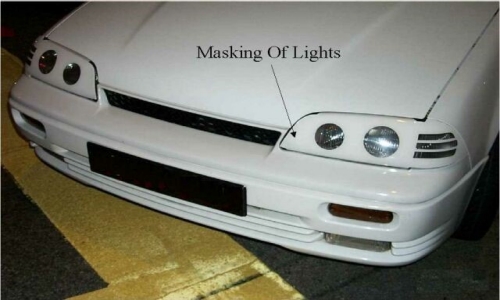Land Transport Authority (LTA) Car Modification Guide
Bukit Batok Driving Centre Ltd
Address: 815 Bukit Batok West Avenue 5
Postal Code: Singapore 659085
Tel : +65-6561-1233
Fax :+65- 6665-6923
Comfort Driving Centre Pte Ltd
Address: 205 Ubi Avenue 4
Postal Code: Singapore 408805
Tel : +65-6841-8900
Fax :+65-6841-8913
Singapore Safety Driving Centre Ltd
Address: 3 Ang Mo Kio Street 62 Ang Mo Kio Industrial Park 3
Postal Code: Singapore 569139
Tel : +65-6482-6060
Fax :+65-6482-8808
What modifications to your car is legal in Singapore?
LTA has a set of guidelines for vehicle modifications to ensure that standards for road safety and vehicle exhaust gas and noise emissions are not compromised, for the benefits of vehicle owners, other road users and our environment.
Prospective owners of second hand vehicles are also advised to seek independent assessment to check that the modifications are legal before committing on the purchase. Assessment services are available at LTA’s authorised vehicle inspection centres
Vehicle Modifications Which Are Allowed
- The bumper design is approved by the vehicle manufacturer
- The bumper must not have any sharp corners or edges
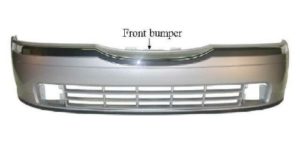
Any modification to original airbag-equipped car seats must be carried out in consultation with the vehicle manufacturer or its authorised agent.
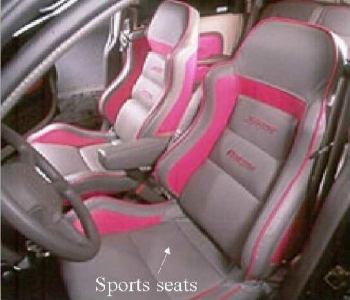
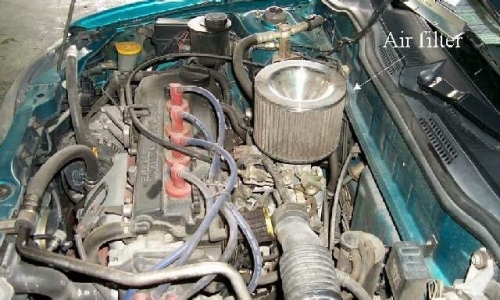
- Install side windows in the rear compartment of their vehicles
- — Side windows give passengers in the rear compartment a more comfortable ride. Drivers will also be able to see better, especially when they are changing lanes, making turns or reversing.
- Remove the partition that separates the driver’s cabin and the cargo compartment
- — This will allow passengers in the cargo compartment to escape through the front doors, in addition to the rear hatch door and side doors of the vehicle, in the event of an accident.
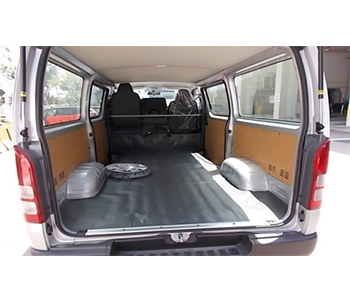
These requirements must be met when installing tinted glass:
- They must comply with international standards for safety glasses
- At least 70% of light must be able to pass through the front windscreen and the two front side windows
- At least 25% of light must be able to pass through the rear windscreen and the two rear side windows
- The front windscreen must not affect the transmission of signals between the In-vehicle Unit (IU) and the Electronic Road Pricing (ERP) gantry
- To ensure that the tinted glasses comply with the above requirements, you can send your vehicle for testing at any LTA-Authorised Inspection Centres.
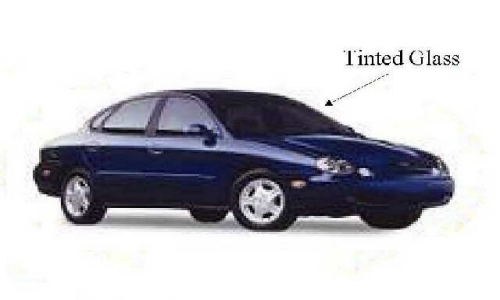
Vehicle Modifications Which Require LTA’s Approval
LTA allows the change of engine if the replacement engine is the same type as the original. You need to submit the following for evaluation:
For new or re-conditioned engines
- Invoice or bill of sales from the replacement engine’s supplier
- Certification from vehicle manufacturer or the local sales agent stating that the replacement engine is the same type as the original
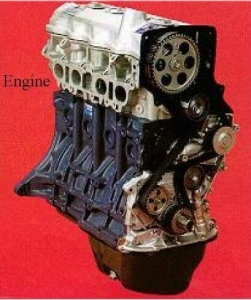
Swapping of engines
- Swapping of engines between two registered vehicles is allowed, provided that both engines are of the same type and engine capacity
- After the swap, one of the vehicles must be scrapped immediately while the other must be produced for inspection at an LTA-Authorised Inspection Centre(AIC).
The exhaust system, which consists of the exhaust manifold, catalytic converter and muffler, is used as part of a vehicle’s exhaust-emission control system to ensure that the exhaust emission meets environmental standards. Before modifying the exhaust system, you need to get LTA’s approval by submitting these for evaluation:
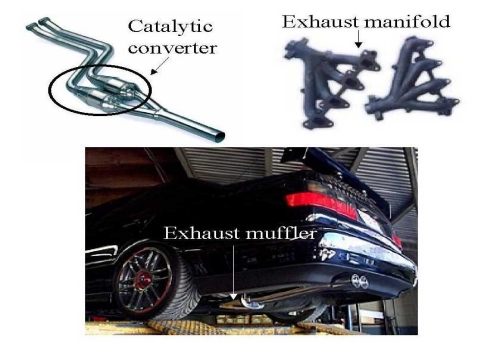
- Certification from the product manufacturer stating that the proposed aftermarket exhaust system is suitable for the make and model of the vehicle
- Test reports from LTA- or NEA-recognised test laboratories to show that the aftermarket exhaust system, when fitted to your vehicle, complies with noise and exhaust emission standards for your vehicle model
You are not allowed to remove catalytic converters and mufflers, as it will adversely affect the exhaust emission characteristics of the vehicle.
The addition of superchargers or turbochargers to a vehicle may adversely affect its safe operation and exhaust emission characteristics. You need to submit these for LTA’s evaluation:
- Technical specifications and installation details (including photos) of the proposed supercharger or turbocharger
- Certification from the vehicle manufacturer stating that the supercharger or turbocharger is suitable for your vehicle’s make and model
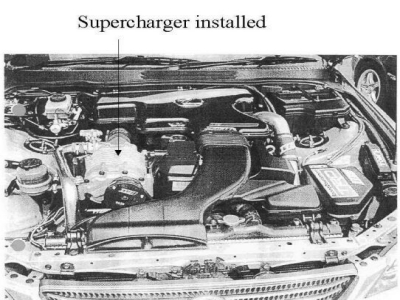
- Test reports from LTA- or NEA-recognised test laboratories to show that the turbocharger or supercharger, when fitted to your vehicle, complies with exhaust emission standards for your vehicle model
Modifications that are not allowed
These modifications compromise the safety of the vehicle’s occupants and other road users, or pose a nuisance to the public.
Vehicle Modifications Which Are Not Allowed
Air horns are shrill and loud. They are distracting and a nuisance to others.
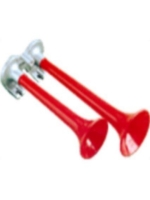
Crash bars, such as Bull bars and Kangaroo bars, can worsen injuries to pedestrians in the event of a collision. They are meant to protect vehicles from head-on collisions with large animals. In an urban setting like Singapore, this risk is low.
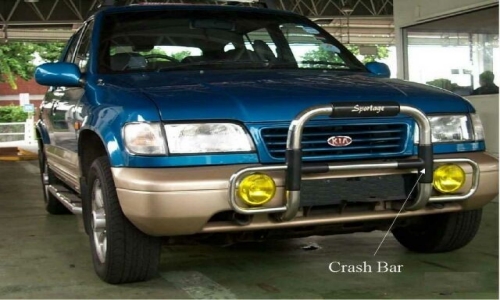
Nitrous injection devices introduce highly reactive nitrogen oxide gas into the combustion chamber. This results in faster combustion that may damage the engine. It may also adversely affect the safety and exhaust emissions of the vehicle.
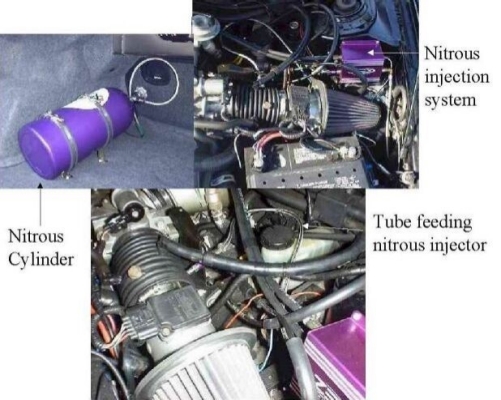
Tinting or masking of vehicle lamps, such as headlamps, stop lamps and signal lamps, may adversely affect their performance.
